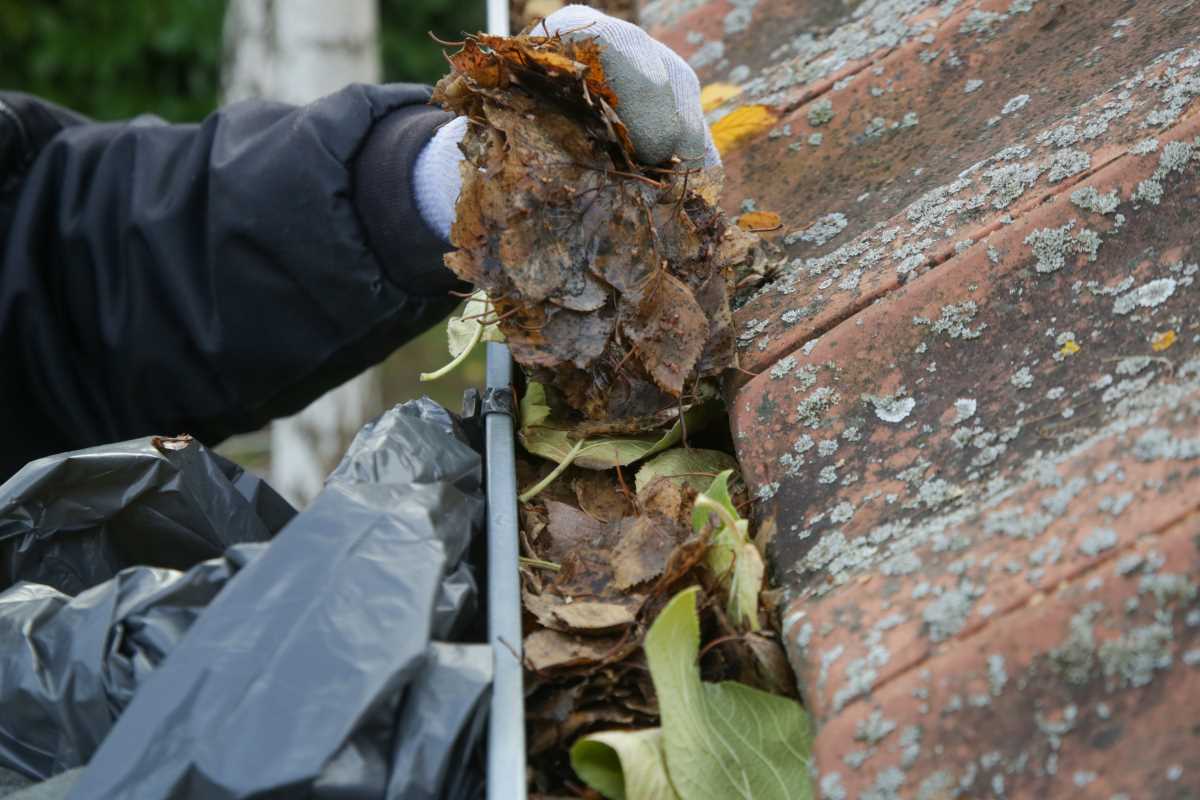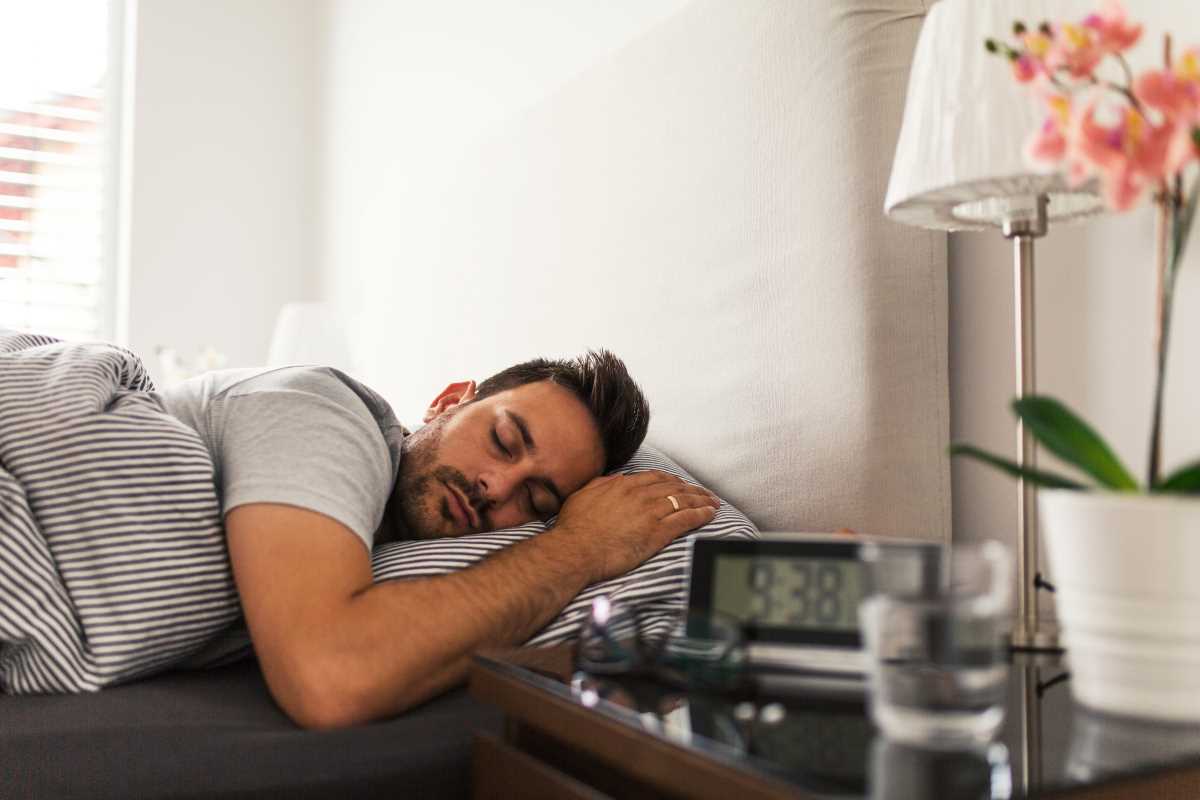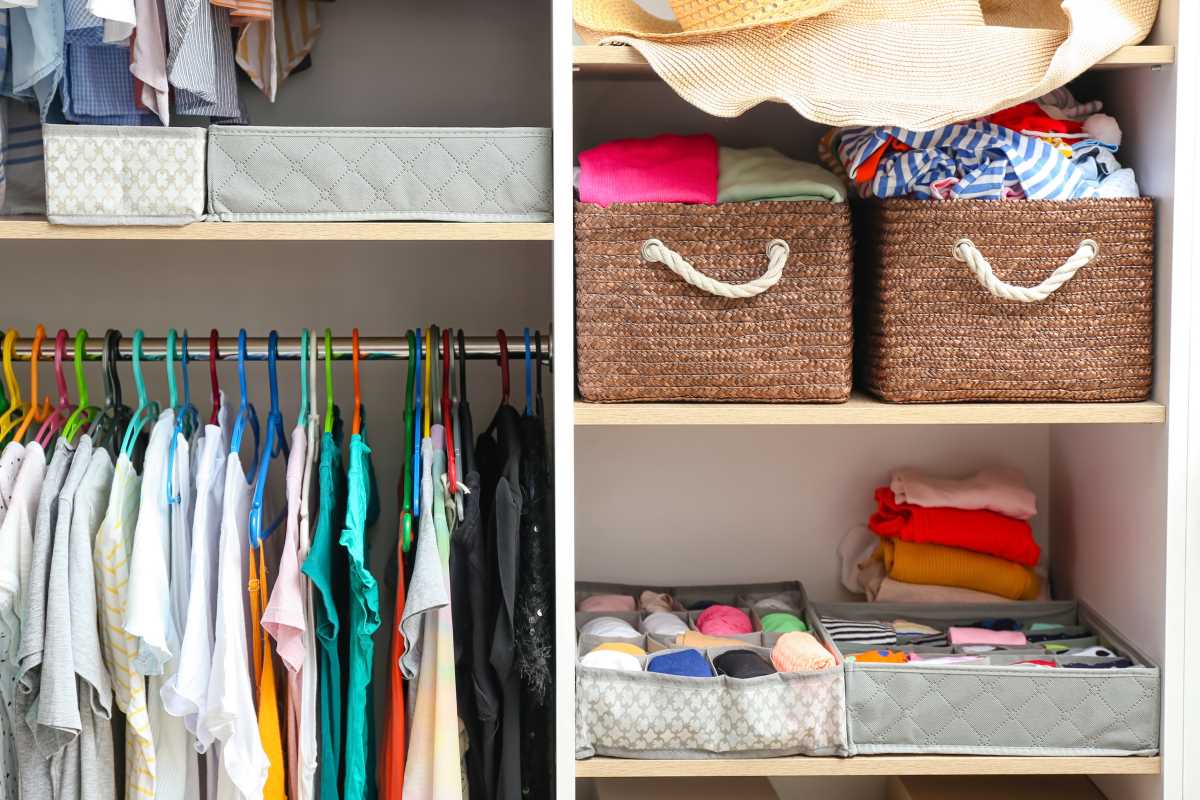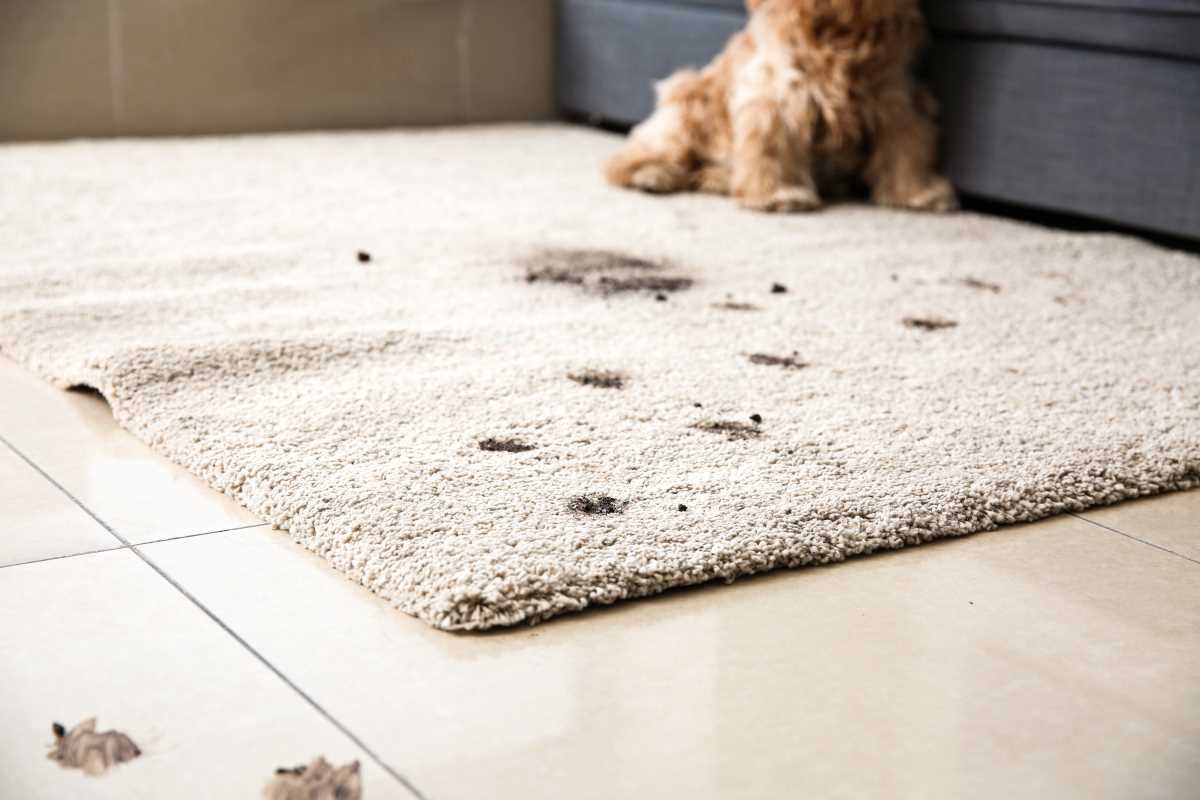When you’re a parent, your child’s safety becomes your top priority. Toddlers and young children are naturally curious and explore the world with unrelenting enthusiasm. While their sense of adventure is heartwarming to witness, it can also lead them into dangerous situations if your home isn’t properly prepared. Childproofing your house is essential to safeguard your little one from potential hazards, but it doesn’t have to come with a hefty price tag. With a blend of thoughtful planning, DIY ingenuity, and strategic purchases, you can create a secure environment without draining your wallet. This is how you can childproof your home on a budget, step by step.
1. Start with a Home Safety Assessment
Before you can start childproofing, it’s crucial to know which areas of your home pose the most significant risks. Toddlers don’t see the world the way adults do, so getting down to their eye level gives you a new perspective. Crawl or walk through your home to identify potential dangers like sharp edges, exposed outlets, unsecured furniture, and small objects that could become choking hazards.
Free or Low-Cost Solution:
- Create a Checklist: Organization is your ally here. Find or download a free home safety checklist online to track specific tasks and areas. If going digital isn’t your style, jot down your observations on paper.
- Prioritize Your Efforts: Focus your time and resources on the most immediate threats, such as sharp objects or uncovered outlets, before addressing less pressing concerns.
By breaking the process into smaller, manageable steps, you’ll ensure nothing gets overlooked.
2. Secure Sharp Edges and Corners
Coffee tables, countertops, window sills, and desks often feature sharp edges, which pose a considerable risk to young children just learning to walk. A minor fall in the wrong direction could lead to painful injuries.
Affordable Solution:
- Corner Guards: Foam or rubber corner protectors are lifesavers in a busy home. They’re easy to install and available at most baby stores or online for a reasonable price.
DIY Alternative:
- Pool Noodles to the Rescue: If you already have pool noodles lying around, this is your chance to upcycle. Cut them lengthwise and attach them to table edges or corners for a budget-friendly approach. Secure them with double-sided tape for a snug fit.
This method is not only cost-effective but also ensures your child can roam freely without bumping into hard surfaces.
3. Childproof Electrical Outlets
Electrical outlets are inexplicably fascinating to babies and toddlers, making them a top safety priority. Protect your little one from accidental shocks by ensuring outlets are inaccessible.
Affordable Solution:
- Outlet Covers: Simple outlet plugs or plates are widely available for just a few dollars. These small additions can seamlessly blend into your home while safeguarding your child.
DIY Solution:
- Temporary Fixes: If you’re unable to buy covers immediately, a piece of duct tape over the outlet can act as a temporary barrier. Clearly, this isn’t a long-term solution but works in a pinch.
For families who often move furniture, consider sliding outlet covers that automatically close when not in use.
4. Lock Up Dangerous Items
Children have a natural instinct to explore cabinets and drawers. Unfortunately, these often house dangerous items like cleaning products, medications, or sharp utensils. To prevent accidents, these areas must be securely locked.
Affordable Solutions:
- Adhesive Locks: Many adhesive cabinet locks are affordable, easy to install, and leave no lasting damage to your furniture.
- Repurpose Everyday Items: Use rubber bands or hair ties to temporarily secure cupboard handles, especially in areas less frequently accessed.
For medication storage, consider moving pill bottles to a lockable safe or high shelf out of sight and reach.
5. Use Baby Gates for Restricted Areas
Certain rooms, such as kitchens, bathrooms, and laundry rooms, are best kept off-limits to toddlers. Similarly, stairs need to be blocked to prevent falls.
Affordable Solution:
- Pressure-Mounted Baby Gates: These gates are perfect for doorways or stairwells. Since they’re adjustable, they can grow with your child to extend their utility over time.
Creative Alternative:
- Improvise with Furniture: Temporarily block off hazardous areas with items you already own. A bench, chair, or even a sturdy box can create a temporary barrier while you work on a long-term fix.
When purchasing gates online, look for used options in local marketplaces to cut costs.
6. Manage Cords and Blind Strings
Loose cords from blinds or appliances are often overlooked but pose significant risks. Blind cords are particularly hazardous as they can lead to strangulation.
Affordable Solution:
- Cord Shorteners: Buy cord winders or clips to cleanly and safely secure blinds or electronic cords.
Quick Hacks:
- Velcro Strips: Bundle up loose cords and secure them with Velcro ties. You can also tape cords to walls to keep them accessible to adults but completely out of reach to children.
By devoting a small amount of time to tidying up cords, you’re minimizing risk and tidying your home at the same time.
7. Anchor Furniture to Prevent Tipping
Heavy furniture is a silent danger. A curious child might attempt to climb on a dresser, bookshelf, or TV stand, leading to tipping accidents. To mitigate this, anchoring furniture is non-negotiable.
Affordable Solution:
- Anti-Tip Straps: Stores like IKEA and Amazon offer affordable furniture anchor kits. Many kits include instructions for easy installation.
Budget-Friendly Fix:
- Heavy-Duty Zip Ties: While not as permanent, zip ties can act as an interim solution for lightweight furniture. Just make sure they’re secured tightly.
Keep in mind that anchoring large furniture isn’t just for curious toddlers; it also provides earthquake safety in regions prone to tremors.
8. Improve Flooring with Rugs or Mats
Slips and falls are common among toddlers finding their footing. Slick surfaces like tiles or hardwood floors increase this risk. Adding rugs can absorb the shock of small tumbles and provide better traction.
Affordable Solution:
- Non-Slip Backing: Purchase inexpensive anti-slip tapes or rug pads to place under existing rugs. These additions prevent rugs from shifting.
- DIY Option: If you don’t have a rug, a thick yoga mat or foam tiles from the dollar store can act as temporary floor padding.
9. Childproof Toilets and Trash Cans
Bathrooms, despite being small, often harbor numerous hazards. Toilets pose a drowning risk, while trash bins contain sharp or hazardous objects.
Affordable Solutions:
- Toilet Locks: These add-ons are easy to install, universally adjustable, and cost less than $10.
- Secure Trash Cans: Opt for ones with a sturdy lid or keep trash cans behind cabinet doors equipped with a lock.
To go a step further, consider storing chemical cleaning agents used in bathrooms in high, locked cabinets.
10. Out of Reach, Out of Harm’s Way
Small objects such as batteries, coins, and toys with detachable parts often double as choking hazards. Store these items where curious hands can’t reach them.
Affordable Strategy:
- Prioritize Organization: Dedicate one cabinet or shelf high up for small, potentially hazardous objects. Use clear containers to group similar items together.
- DIY Storage Tip: Shoe boxes and empty jars make excellent storage with minimal upfront cost. Label them for easier identification.
Regularly scan your space for overlooked small objects, especially in areas where your child spends the most time.
11. Outdoor Childproofing Strategies
Don’t overlook your yard or patio as part of your childproofing efforts. Outdoor spaces present their own set of risks.
Key Tips:
- Secure Pools and Water Features: Install a childproof fence or safety cover.
- Check Fences and Gates: Ensure there are no gaps a small child can crawl through. Latches should be child-resistant.
- Remove Sharp Garden Tools: Always lock away shears, shovels, and other items after use.
For added peace of mind, schedule a walkthrough of your yard similar to the indoor safety assessment mentioned earlier.
12. Childproofing While Traveling
For parents always on the move, childproofing temporary spaces like hotel rooms or short-term rentals is vital. Pack a small childproofing "kit" with essentials like outlet covers, corner cushions, and portable locks.
Quick Packing Tips:
- Door Alarms: Bring compact alarms to prevent your child from wandering out.
- Portable Highchair Straps: These are perfect for meal times in unfamiliar settings.
By staying prepared, you’ll have a safe, stress-free experience, no matter where your family adventures take you.
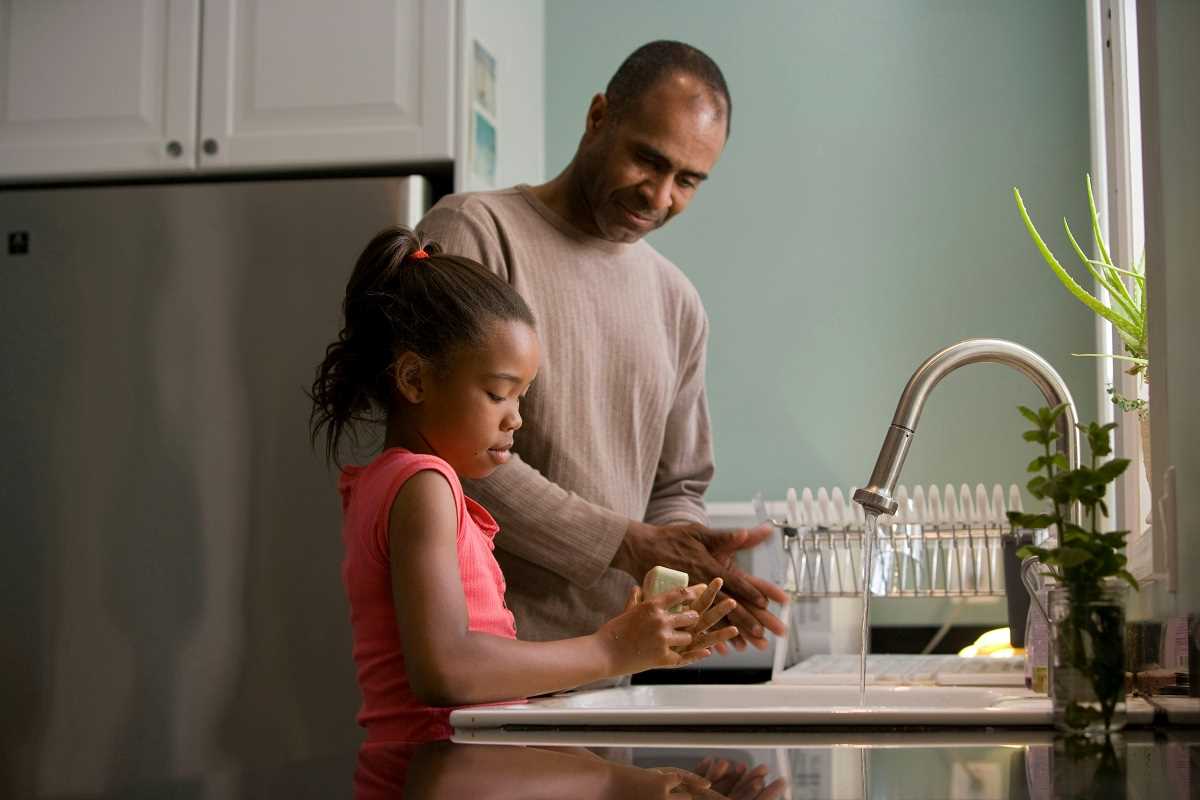 (Image via
(Image via